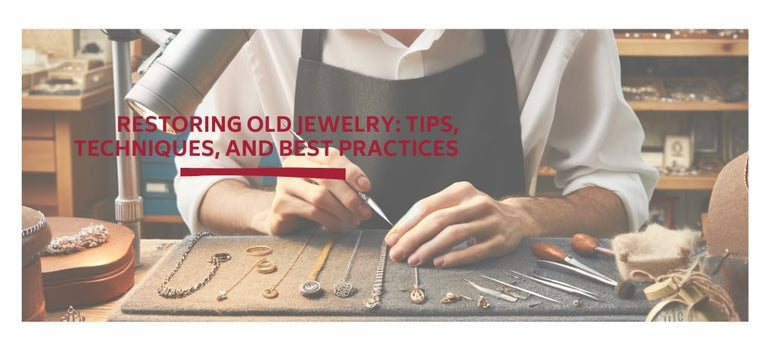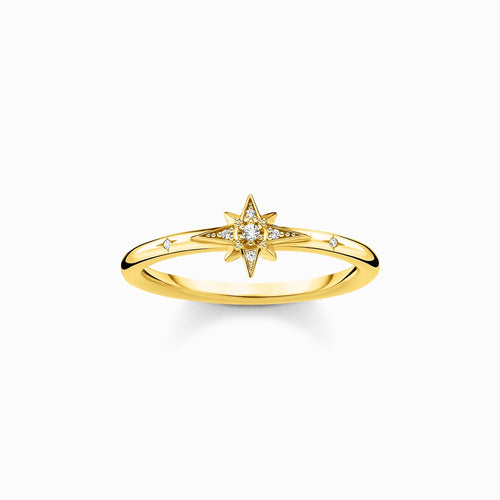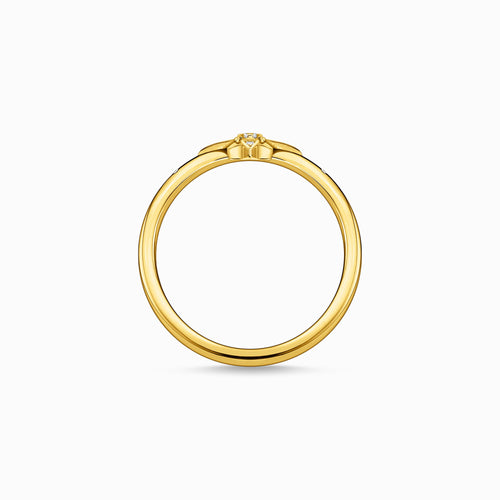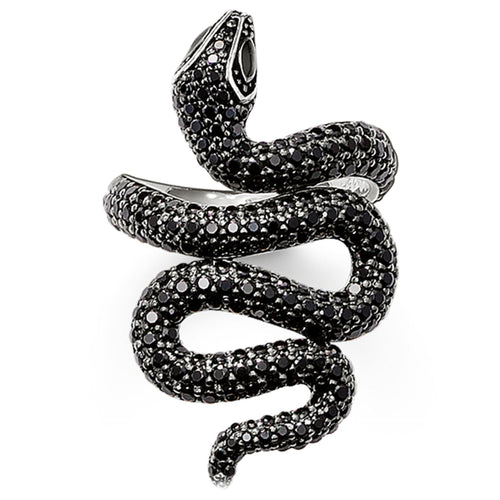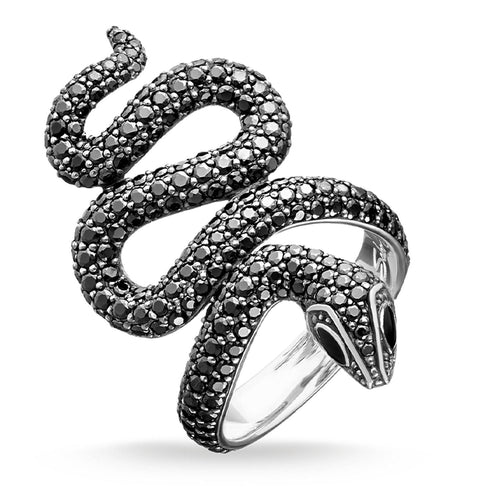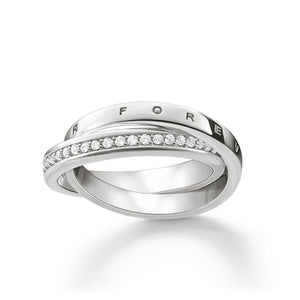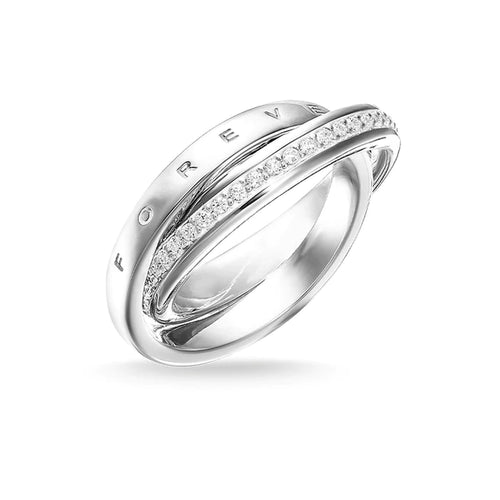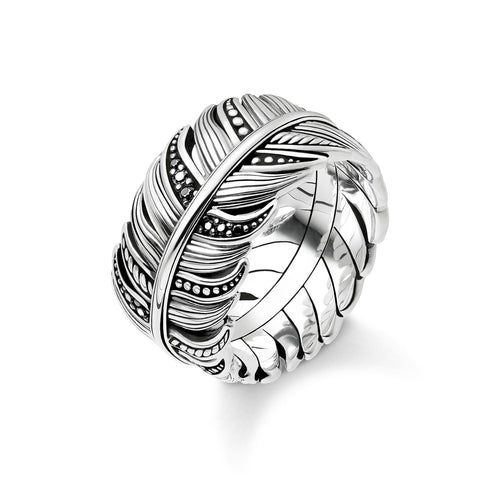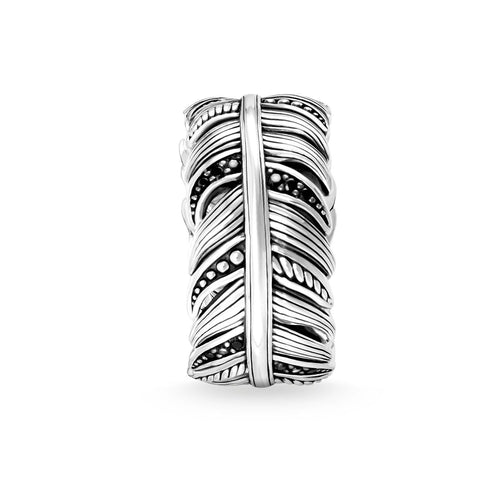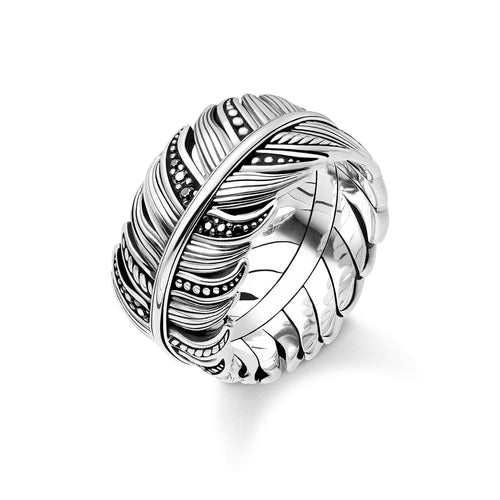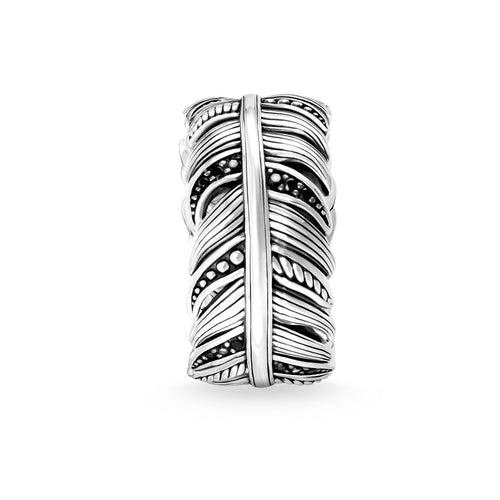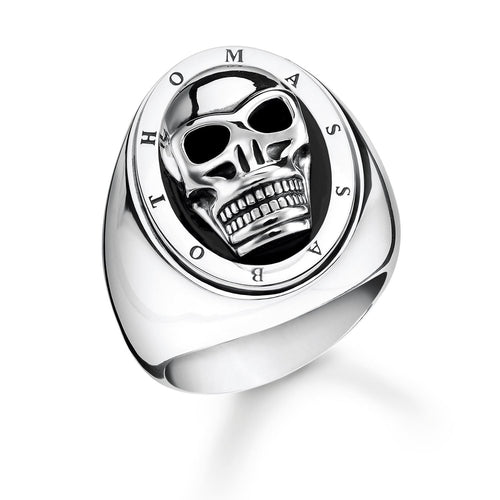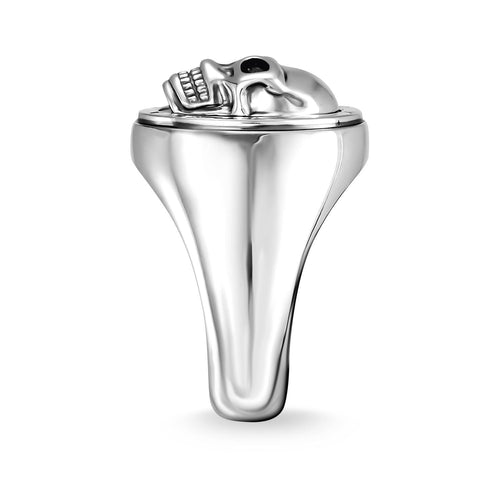Restoring old jewelry can breathe new life into cherished pieces, whether they are vintage jewelry, costume jewelry, or family heirlooms. This guide provides professional tips and techniques to help you restore and maintain your precious items. Understanding the different types of jewelry and the specific methods required for each is crucial.
Common types of old jewelry include:
-
Vintage jewelry is often made with precious metals and intricate designs.
-
Costume jewelry is made with less expensive materials but still holds sentimental value.
Key Takeaways:
-
Assess the condition of your jewelry before starting the restoration process.
-
Gather the necessary tools: soft cloth, baking soda, warm water, and a soft brush.
-
Different cleaning methods are required for gold jewelry, silver jewelry, and costume jewelry.
-
Regular maintenance and proper storage can prolong the life of your restored jewelry.
Maintaining your restored jewelry not only keeps it looking beautiful but also preserves its value and sentiment.
Understanding Different Types of Old Jewelry
Restoring old jewelry starts with understanding what you have in your collection. Whether it's vintage jewelry or costume jewelry, each jewelry type requires specific care and techniques to bring it back to life.
Vintage Jewelry
-
Vintage pieces are often made from precious metals like gold, silver, and sterling silver.
-
These items might feature gemstones, pearls, and intricate designs that tell a story.
-
To clean, use a soft cloth and warm water. Add a few drops of mild soap for gentle cleaning, and use a soft brush for details.
-
For tarnish, a paste of baking soda and water can be effective, but be gentle to avoid scratches.
Costume Jewelry
-
Costume jewelry is made from less expensive materials like faux gems and other metals. Despite this, it can still hold great sentimental value.
-
Common issues include tarnish, discoloration, and loose stones.
-
Cleaning costume jewelry can be tricky; avoid harsh chemicals. Instead, use a damp cloth and mild soapy water. For stubborn dirt, a soft toothbrush can help.
-
Proper storage is essential to prevent tarnish and damage. Use a lint-free cloth and keep pieces away from direct sunlight and moisture.
By knowing your jewelry type and using the right cleaning and restoration techniques, you can preserve these beautiful items for years to come. Always remember, a little care goes a long way in maintaining the charm and value of your treasured pieces.
Preparing for Restoration
Before diving into the restoration process, it's crucial to prepare properly. This ensures a delicate item of your old jewelry gets the care it deserves and prevents further damage.
Assessing the Condition
-
First, examine your jewelry pieces closely. Look for signs of wear, such as scratches, tarnish, and loose stones.
-
Check if any gemstones or faux gems are missing or damaged.
-
For more valuable items like vintage jewelry or pieces made from precious metals like gold and sterling silver, consider consulting a professional jeweler. They can help with complex repairs like ring resizing or intricate cleaning methods.
Gathering Tools and Materials Having the right tools on hand is essential for effective restoration. Here's a handy checklist:
-
Soft Cloth: For gentle polishing and cleaning.
-
Soft Brush: Ideal for removing dirt from intricate designs and settings.
-
Warm Water: A basic cleaning solution when mixed with a few drops of mild soap.
-
Baking Soda: Excellent for tackling tarnish on silver jewelry.
-
Damp Cloth: Useful for wiping down delicate pieces.
-
Lint Free Cloth: Perfect for the final polish to avoid leaving fibers on the jewelry.
-
Soapy Water: A mixture of mild soap and water for a general clean.
Safety Precautions
-
Always work in a well-lit area to see fine details.
-
Use a soft, non-abrasive surface to prevent scratches.
-
Avoid using harsh chemicals that can cause a chemical reaction and damage the jewelry.
By thoroughly assessing and preparing, you're setting the stage for a successful restoration, ensuring your jewelry will shine brightly once again.
Detailed Steps to Restore Different Jewelry Types
Restoring your old jewelry can be a rewarding process, bringing back the original sparkle and charm of your beloved pieces. Here's how you can restore different types of jewelry, from vintage pieces to costume jewelry.
Restoring Vintage Pieces
Vintage jewelry often has a unique allure due to its historical and sentimental value. To restore and preserve these pieces, follow these steps:
-
Handle with Care: Vintage pieces are often made from delicate materials like sterling silver, pure gold, and gemstones. Always handle them with a soft cloth to avoid scratches.
-
Gentle Cleaning: Mix soapy water (a few drops of mild soap in warm water) and soak the jewelry briefly. Use a soft brush to remove dirt and grime gently. Rinse with cool water and pat dry with a lint-free cloth.
-
Remove Tarnish: For silver jewelry, create a paste with baking soda and water. Apply it with a soft cloth and gently rub the tarnish away. Rinse and dry thoroughly.
-
Preserve the Patina: If your vintage jewelry has a patina (a thin layer of tarnish that gives it a unique look), be careful not to over-clean. Sometimes, leaving a bit of patina can enhance the piece's character.
-
Professional Help: For complex restorations or ring resizing, consult a professional jeweler. They can handle delicate repairs without damaging the piece.
Restoring Costume Jewelry
Costume jewelry can be made from a variety of materials, including faux gems and other metals. Here’s how to bring them back to life:
-
Initial Cleaning: Wipe down the jewelry with a damp cloth to remove surface dirt. Avoid soaking costume jewelry, as water can damage certain materials.
-
Detailed Cleaning: Use a soft toothbrush dipped in a mixture of soapy water to clean intricate areas. Be gentle to avoid loosening stones or damaging finishes.
-
Fixing Loose Stones: If you find loose stones, use a tiny dab of jewelry glue to secure them back in place. Make sure to let it dry completely before handling.
-
Polishing: Buff the jewelry with a soft cloth to restore its shine. Be cautious with gold jewelry and silver jewelry to avoid over-polishing.
-
Prevent Tarnish: Store costume jewelry in a dry place, away from direct sunlight. Using anti-tarnish strips in your jewelry box can help prevent tarnish.
Pro Tips for All Jewelry Types:
-
Proper Storage: Store each piece separately to prevent scratches. Use soft pouches or a lined jewelry box.
-
Avoid Harsh Chemicals: Household cleaners can cause a chemical reaction that damages the jewelry. Stick to mild soap and water.
-
Regular Maintenance: Clean your jewelry regularly to prevent buildup of dirt and grime. This keeps your pieces in good shape and ready to wear.
Common Issues and Solutions:
-
Tarnish on Silver and Gold: Use baking soda paste or a commercial cleaner.
-
Loose Stones: Secure with jewelry glue or seek professional help.
-
Scratches: Minor scratches can be buffed out with a soft cloth, but deeper ones may require professional polishing.
By following these detailed steps, you can restore and maintain the beauty of your jewelry pieces, whether they are cherished family heirlooms, delicate vintage pieces, your rings or fun costume jewelry. Remember, a little care and attention can go a long way in preserving the life and shine of your treasured items.
Advanced Restoration Techniques
When it comes to how to restore old jewelry, sometimes basic cleaning isn't enough. For those special pieces that need a bit more care, advanced metal restoration techniques can make all the difference.
Using Baking Soda for Deep Cleaning
Baking soda is a fantastic, natural cleaner, especially for polished silver jewelry and other tarnished pieces. Here’s a step-by-step guide to using baking soda for deep cleaning polished anything:
-
Prepare the Mixture: In a small bowl, mix a few tablespoons of baking soda with enough water to form a paste.
-
Apply the Paste: Using a soft cloth or soft brush, apply a thin layer of the paste to the tarnished areas. Be gentle to avoid scratching delicate surfaces.
-
Rub Gently: Work the paste into the jewelry, paying special attention to crevices where dirt and tarnish build up.
-
Rinse Thoroughly: After scrubbing, rinse the jewelry under cool water to remove all traces of baking soda.
-
Buff Dry: Use a lint-free cloth to dry and polish the jewelry, bringing back its shine.
Precautions:
-
Avoid using baking soda on gold jewelry or pieces with faux gems as it can be too abrasive.
-
Always test on a small, inconspicuous area first to ensure it doesn't cause a chemical reaction or damage the piece.
Professional Restoration Tips
For particularly valuable or intricate jewellery items, like vintage pieces or family heirlooms, professional jewellery restoration might be the best option. Here’s when and why to consult a professional jeweler:
-
Complex Repairs: Issues like ring resizing, resetting stones, or repairing broken clasps are best left to professionals who have the right tools and expertise.
-
Delicate Items: Pieces with fragile gemstones, pearls, or intricate designs can be easily damaged if not handled correctly.
-
High-Value Pieces: For jewelry made from precious metals like pure gold or platinum, or pieces with significant sentimental or monetary value, a reputable jeweler ensures the best care.
Advanced Techniques Used by Professionals:
-
Ultrasonic Cleaning: Uses high-frequency sound waves to remove grime and dirt from hard-to-reach areas.
-
Steam Cleaning: A powerful way to clean and sanitize jewelry, often used for gold and gemstones.
-
Laser Welding: For precise repairs without the risk of damaging surrounding areas, ideal for delicate pieces.
-
Electroplating: A method to restore the original finish of metal jewelry, adding a thin layer of metal to the surface.
By combining these advanced techniques with regular care, you can keep your jewelry looking stunning and preserve its beauty for generations to come.
Maintenance and Proper Storage
To keep your old jewelry looking its best, regular maintenance and proper storage are essential. Whether it's vintage jewelry, costume jewelry, or cherished family heirlooms, following these tips will help preserve their beauty and longevity.
Daily Maintenance Tips
-
Regular Cleaning: Incorporate simple jewelry cleaning routines into your schedule. Wipe down pieces with a soft cloth after each wear to remove oils and dirt. Use soapy water and a soft brush for a deeper clean once a month.
-
Avoid Direct Sunlight: Prolonged exposure to direct sunlight can cause fading and damage. Store your jewelry away from windows and bright lights.
-
Avoid Harsh Chemicals: Keep your jewelry away from household cleaners, perfumes, and lotions, as these can cause a chemical reaction that tarnishes precious metals and damages delicate pieces.
Proper Storage Solutions
Storing your jewelry correctly is just as important to clean jewelry as cleaning it. Here’s how to ensure your pieces remain in good shape:
-
Use a Lint-Free Cloth: Wrap each piece in a lint-free cloth to prevent scratches and tarnish. This is especially important for silver jewelry and gold jewelry.
-
Proper Storage Boxes: Invest in a good-quality jewelry box with compartments to keep pieces separate. This prevents tangling and scratching.
-
Tips for Specific Jewelry Types:
-
Rings and earrings: Store in individual slots or pouches to avoid knocking against each other.
-
Delicate Items: Keep delicate pieces like pearls and gemstones in soft pouches.
-
Costume Jewelry: Store costume jewelry in a dry, cool place to prevent discoloration and tarnish.
-
Pro Tips:
-
Remove Tarnish: Use baking soda paste for tarnish removal before storing your jewelry.
-
Regular Checks: Periodically inspect your jewelry for loose stones or clasps. A quick visit to a professional jeweler can address any issues before they become major problems.
By following these maintenance and storage tips, your jewelry will stay in excellent condition, ready to wear whenever you want to add that personal touch and extra sparkle to your day. Proper care not only preserves the life and shine of your pieces but also keeps their sentimental and monetary value intact.
Conclusion
Restoring old jewelry is not just about making it shine again; it's about preserving memories and valuing craftsmanship. Whether you're dealing with vintage jewelry, costume jewelry, or treasured family heirlooms, the right cleaning methods and proper storage can work wonders.
From using baking soda to remove tarnish from silver jewelry to consulting a professional jeweler for complex repairs like ring resizing, each step is crucial. Remember to use a soft cloth and warm water for gentle cleaning, and store your pieces away from direct sunlight and harsh chemicals.
By taking these steps, you not only restore the beauty of your jewelry pieces but also maintain their sentimental and monetary value. So, go ahead and give that delicate item of your jewelry the care it deserves, ensuring it remains in good shape for years to come. Happy restoring!
FAQ Section
1. How can I tell if my old jewelry is vintage jewelry or costume jewelry?
Vintage jewelry typically features precious metals like gold and sterling silver, and often includes gemstones. Costume jewelry is made with faux gems and other metals, and is less valuable but still stylish and sentimental.
2. What the best method is the best method to clean tarnished silver jewelry?
Create a paste using baking soda and warm water. Apply with a soft cloth and gently rub to remove tarnish. Rinse with cool water and buff dry with a lint-free cloth.
3. Can baking soda damage my jewelry?
Baking soda is safe for most silver jewelry and sterling silver. Avoid using it on gold jewelry or pieces with delicate items like pearls or faux gems, as it can be too abrasive.
4. How often should I clean my restored jewelry?
Regular jewelry cleaning is essential. Wipe down your pieces with a soft cloth after each wear and do a deeper clean once a month using soapy water and a soft brush.
5. What should I do if my jewelry has delicate gemstones?
Use a damp cloth to gently clean delicate pieces and avoid soaking them. If you're unsure, consult a professional jeweler.
6. How do I store my jewelry to prevent tarnish and damage?
Store each piece separately in a lint-free cloth or a lined jewelry box to prevent scratches and tarnish. Keep away from direct sunlight and moisture for proper storage.
7. When should I seek professional help for jewelry restoration?
Consult a reputable jeweler for complex repairs like ring resizing or if you're dealing with valuable vintage pieces or family heirlooms. They can use advanced techniques to ensure your jewelry is properly restored.
Gift Ideas For You


